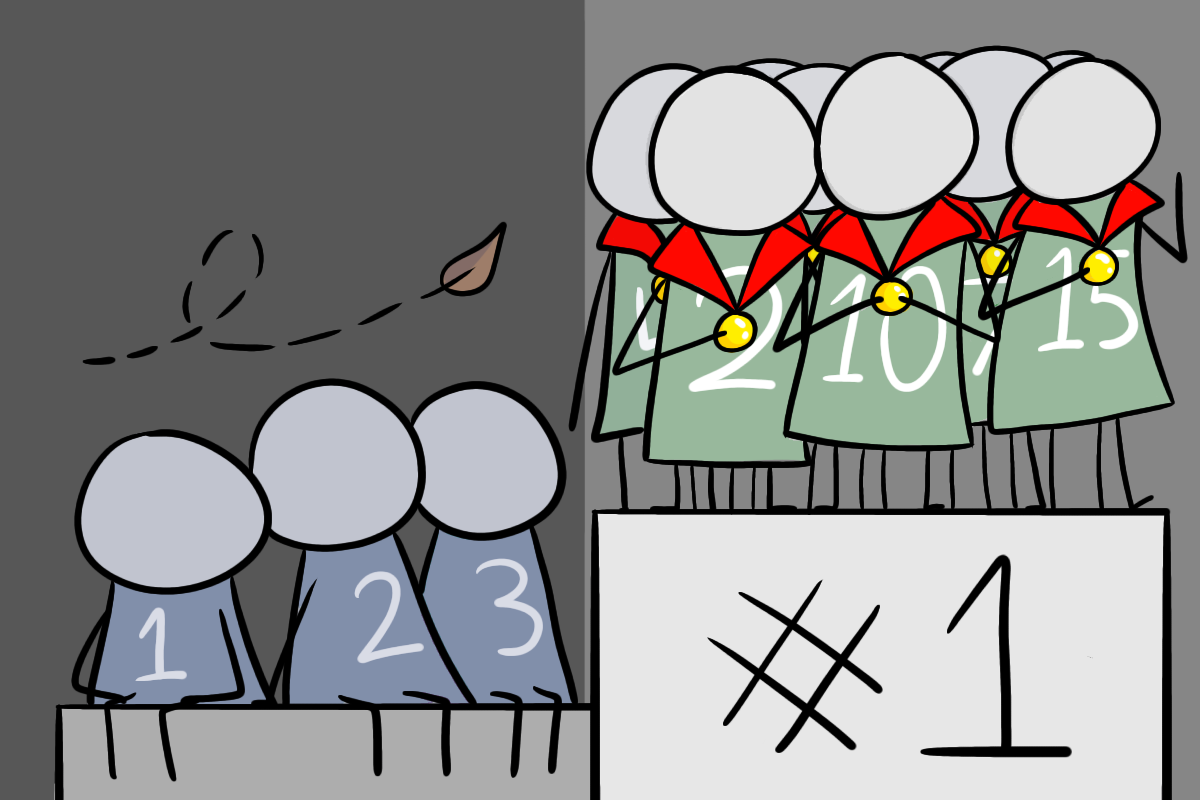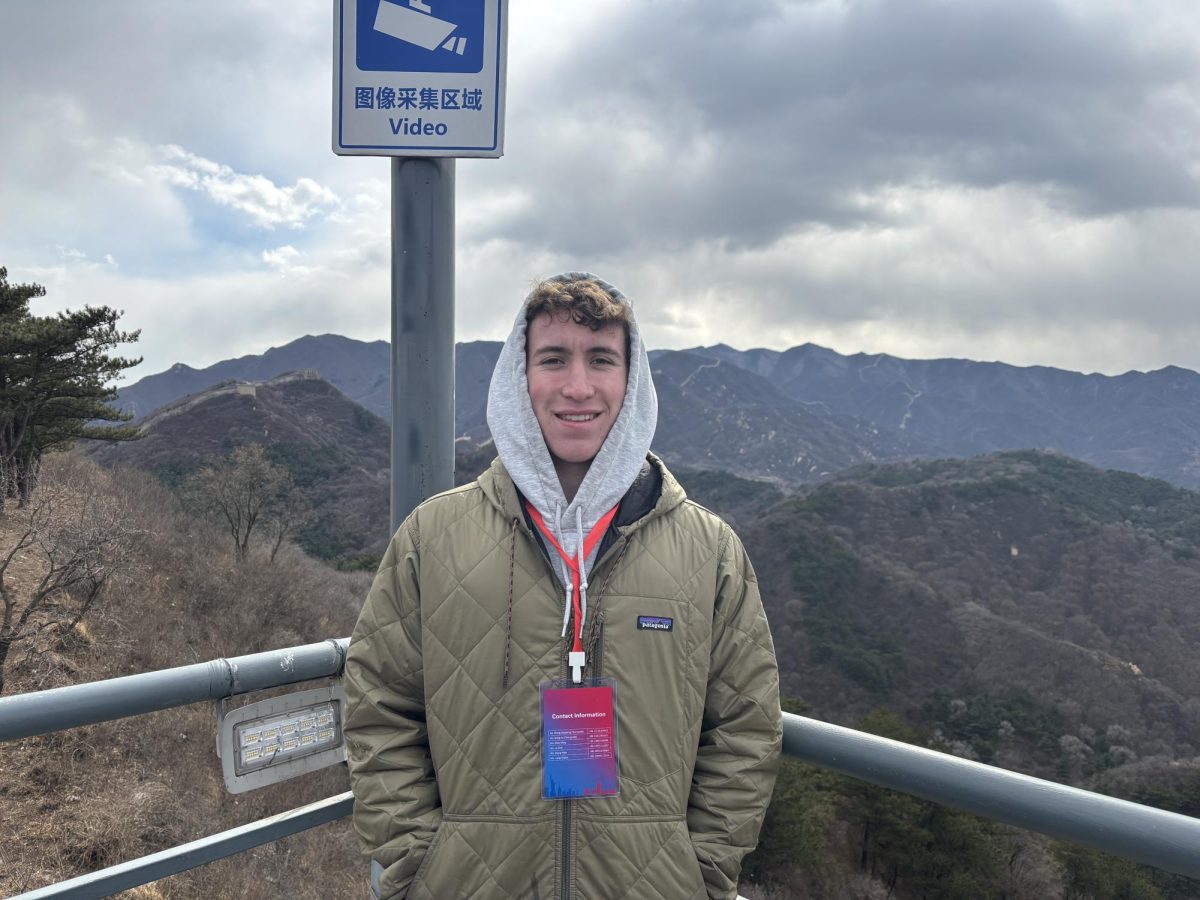Trigger warning: The article contains discussions of hate crimes, racism, religious violence and gun violence
What do you think of when you hear the word ‘troll’? What about ‘red pill’? And what do these things have in common? On their own, they might remind you of fairytale characters and beloved movies. Together, they start painting a picture of subtle manipulation and dangerous ideologies.
These phrases, and countless others, are linked to the alt-right movement online. The online phenomenon is fueled by the various algorithms social media websites use. Subtle right-wing content is first pushed to target audiences—typically young, white men, according to BBC—and then once they interact with that content, push more. Meme culture can lead to interaction with conspiracy content, which can then lead to interaction with fellow alt-right participants. By then, the echo chamber effect is applied, where the only content then being consumed is more alt-right content.
Interaction with the alt-right pipeline has experienced an increase in popularity after the 2016 election, after having hit an all-time low in the U.S. between 2007-2011, according to the Center for Strategic and International Studies. However, just six years later, 2017 recorded 31 attacks by alt-right extremists.
Although alt-right recruitment has increased, awareness of the threat has not. This is their goal. If they hide behind innocuous phrases, their ability to perpetrate hatred is augmented. These phrases, called ‘dogwhistles’ are ways for alt-right participants to signal each other. The remarkable subtlety of the alt-right community is what positions it as a threat. People don’t know they’re falling down the alt-right pipeline until they already have. And by then, they don’t care.
The alt-right pipeline is the white supremacist’s greatest weapon. It works similarly to a cult. They find their target who’s often going through some transitional period: loss of a loved one, moving to a new town or a divorce. They isolate him, tell him that he’s hated by the ‘out group’. Then, they provide comfort.
They tell him he’s safe with them, but only if he’s exactly like them. They will push his boundaries until they don’t exist anymore. Eventually, he will push back. They make each other worse, spreading hatred as a form of bonding.
However, for some, there is an inflection point. One person is all it takes—desperate to prove themselves to this community they were roped into. Fueled by hatred, they might go out and commit violent actions, their entire personality warped by this online group.
Of the 22 mass hate crimes reported by the American Defense League in 2022, 93% were perpetrated with firearms. According to the ADL, 335 out of the 444 Americans killed by extremists in the past decade have been victims of right-wing extremists. One of the deadliest attacks was the Club Q shooting Nov. 19, 2022 in Colorado Springs, where the alleged shooter, Anderson Lee Aldrich, killed five people and wounded 17 more.
We often assume these people were quiet about their ideologies until they snap, but that isn’t true. Aldrich’s neighbors reported him as having been racist and homophobic. Additionally, NBC reported two web addresses purportedly connected to Aldrich. The second, which he called FreeSpeechTube, was only inhabited by racist and antisemitic posts from the few people who visited the website.
Aldrich’s connections to the alt-right pipeline were highlighted by the visuals of FreeSpeechTube. Almost identical to infamous alt-right website 4chan, Aldrich was reportedly an active participant in these extremist communities, according to NBC.
Indeed, 4chan is where QAnon, an anti-semitic and racist conspiracy, started. QAnon was the inspiration behind Edgar Maddison Welch’s shooting in Comet Ping Pong pizzeria in Washington D.C., where he thought Hillary Clinton was hiding a child sex trafficking ring.
There is obviously danger in any extreme ideology, but the alt-right poses a unique threat in their willingness to act on these ideologies. The unique ability of the alt-right to harness the internet as a tool is what makes them especially threatening.
So, how can you recognize the threat before it occurs?
The answer is fairly simple. Education.
The extreme alt-right relies on misinformation, disinformation and fear-mongering to propagate their ideas. By remaining vigilant about any potential manipulation, fact checking any videos and finding healthy habits outside of time spent online, the risk of falling into unhealthy communities anywhere is reduced.
We also have a duty to care for those around us. Isolation is one of the greatest causes of falling into extreme communities. In times of extreme polarization and world-changing events, the people we have around us are our greatest allies.
It is often easier to turn hatred for the self into hatred for the ‘other’ than to address the problems you feel exist within yourself, but in doing so, you allow discord and prejudice to permeate further into our already precarious society.
The danger of the alt-right pipeline exists within its all-or-nothing perspective, which in truth, rarely exists anywhere. It is our civic duty to remain aware of nuance and to support the communities around us. That is how we defeat the dangers posed by alt-right extremists.
Events like the Club Q shooting do not have to happen again. Often, alt-right extremists post online before they commit a crime. Believe them when they tell you who they are and what they will do. Educate yourself on the signs of extremism and the dog whistles extremists may use to communicate.
And lastly, take care of yourself. You are not alone, regardless of what people may tell you in order to isolate you. There is so much compassion and good in this world, and it exists alongside the darkness the alt-right pipeline relies upon to recruit members. A community built on mutual respect and empathy will stand longer than any community born from hatred.













